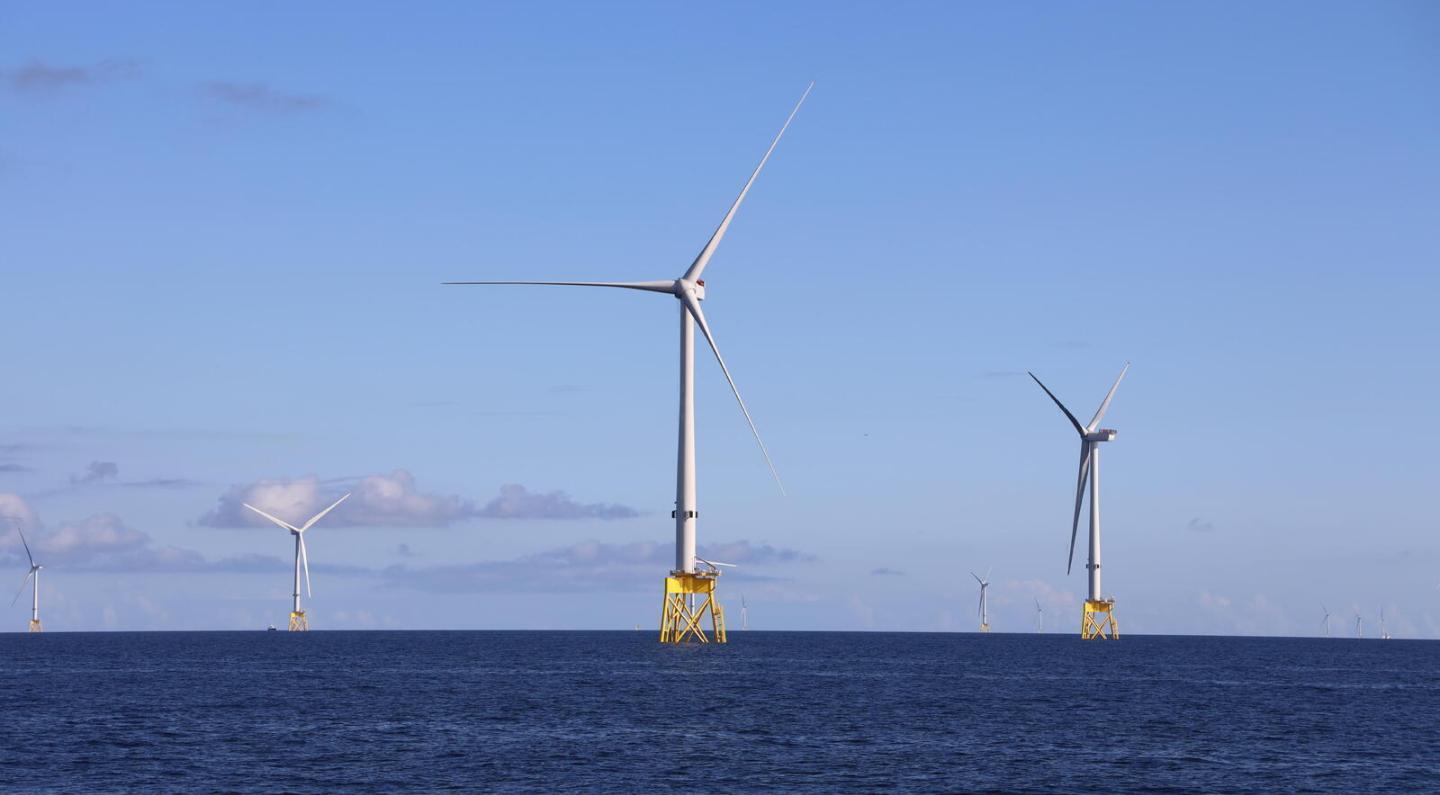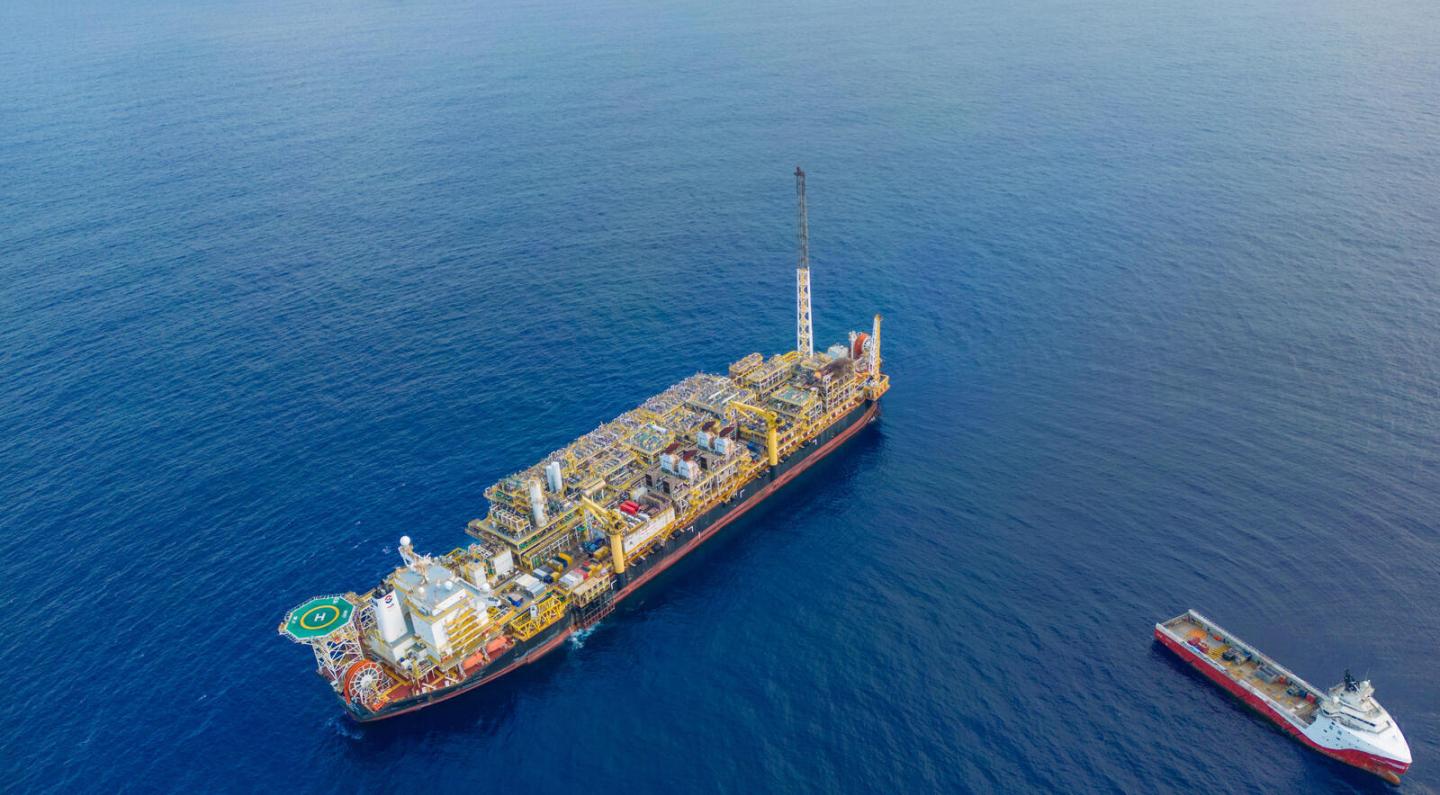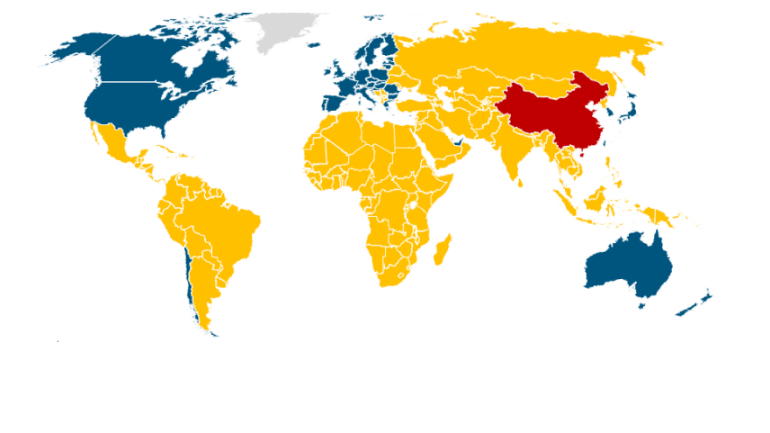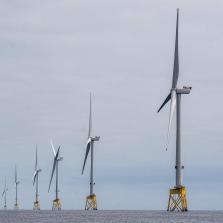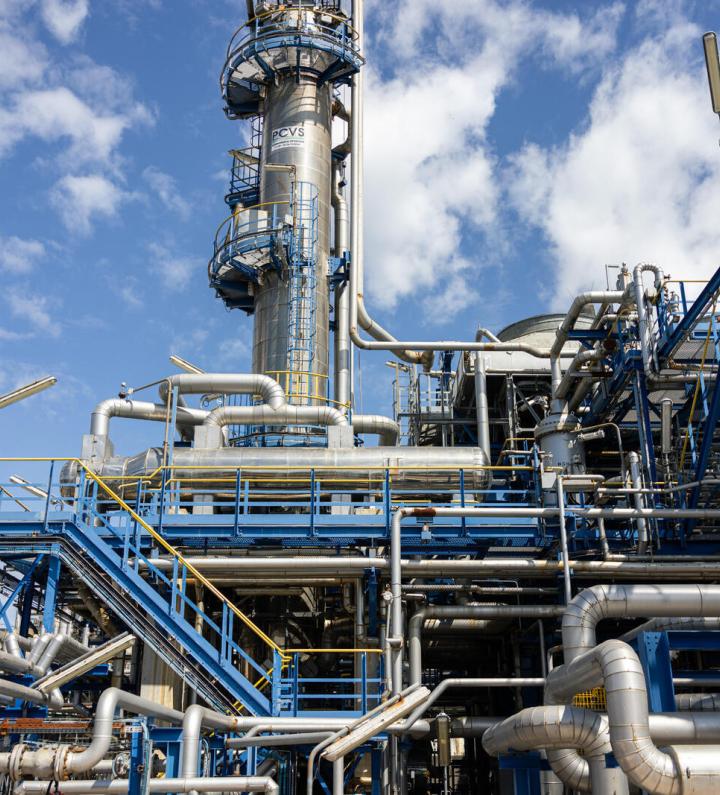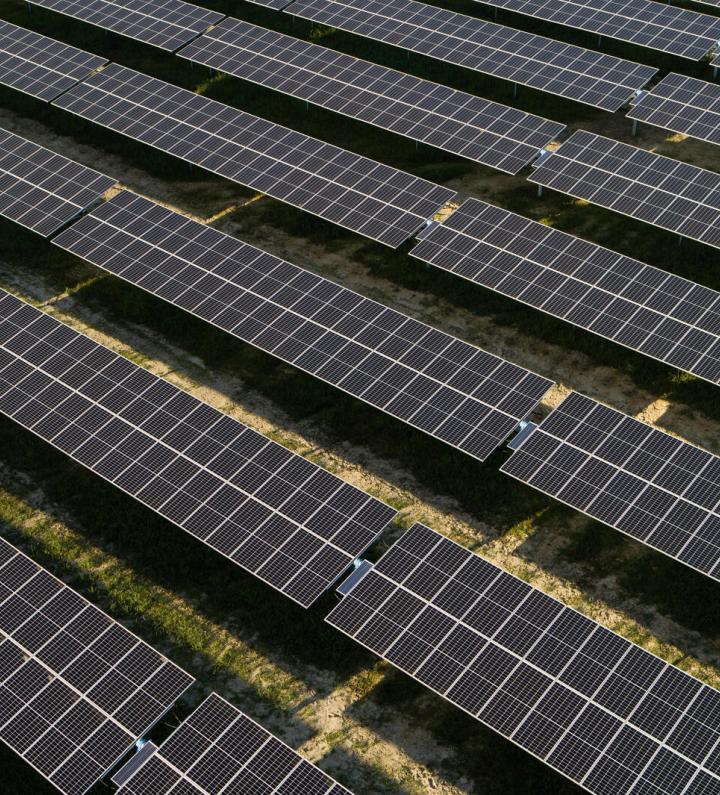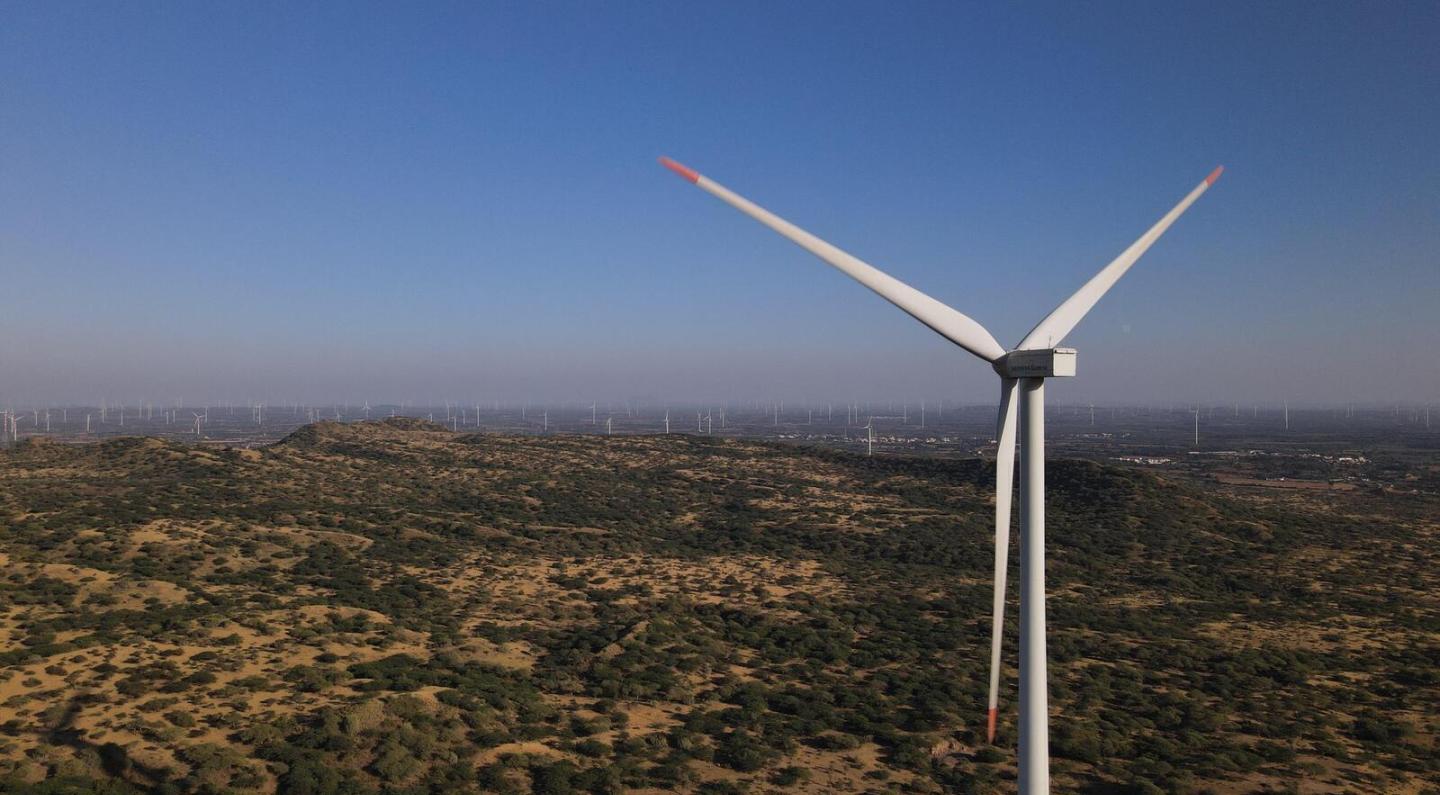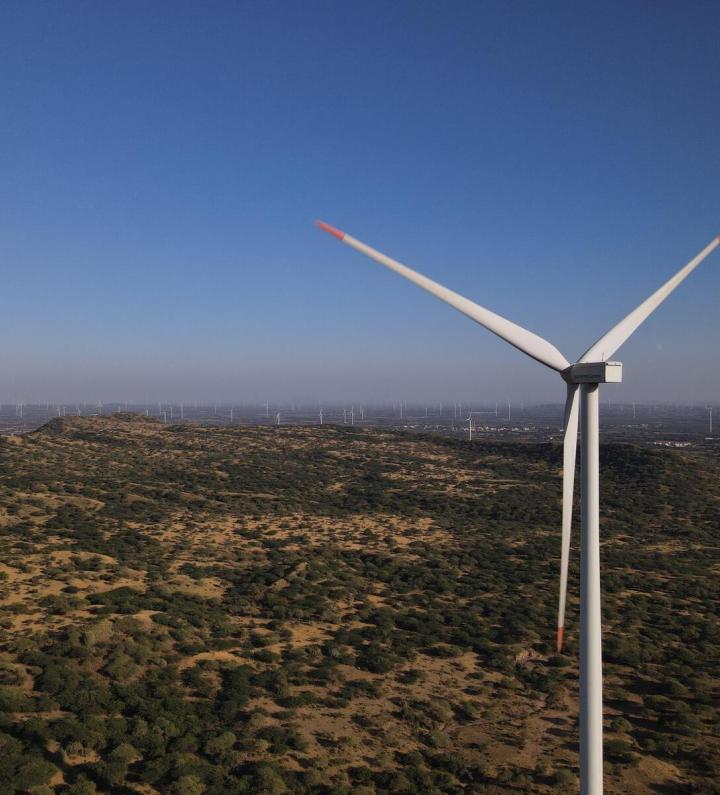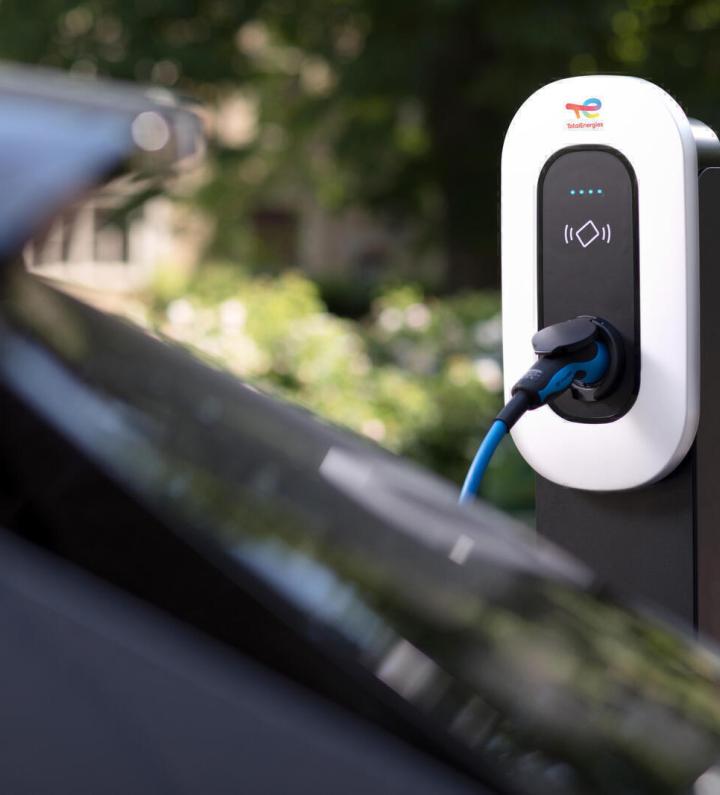Energy Outlook 2023: Our Insights Into the Energy Transition in 2050
Energy Outlook 2023
Our Insights Into the Energy Transition in 2050
On November 13, 2023, TotalEnergies unveiled its Energy Outlook. This document reflects the Company's determination to contribute to the debate on the issues and challenges surrounding the energy transition. The TotalEnergies Energy Outlook paints a detailed portrait of the Momentum and Rupture scenarios for the global energy system up to 2050 developed by the Company and compares them with a Current Course & Speed scenario in an effort to better assess the impact of the various strategies that will enable the energy transition to be completed by 2050. Faced with the upsurge in the world's population, TotalEnergies is taking action to meet the three major challenges of the energy transition, i.e. ensure access to the affordable energy necessary for human development, ensure energy security in every country, and decarbonize energy to limit the effects in terms of greenhouse gases.
The energy transition has started, but differs across countries
Global indicators over the last 20 years reveal that primary energy demand and emissions from fossil fuel combustion are growing less rapidly than the gross domestic product (GDP). While global GDP grew by an average of 3.3% per year over the 2000-2021 period, CO2 emissions increased by 1.7% per year, and total primary energy demand climbed by 1.8% per year. This decoupling of energy demand from GDP growth has been seen since the early 2000s for oil demand, which grew at the same pace as the population until 2019, and since 2015 for coal. At the same time, renewable energy supplies have increased by an average of 2.6% per year, thereby meeting 40% of the growth in primary energy demand over the last five years.
There are still major disparities when it comes to the energy transition. TotalEnergies makes a distinction between three geographical areas:
- NZ50 countries: the 40 countries (mainly from the OECD) that have committed to achieving net carbon neutrality by 2050.
- China, because the trend in its energy demand is now closer to NZ50 countries.
- The Global South, comprising countries from the rest of the world (except for China), which aspire to higher living standards and therefore access to energy.
At a time when energy needs in the Global South are rising sharply against the backdrop of surging population growth, the need to achieve climate justice requires support for the energy transition in these countries, by financing the investments needed to develop low-carbon energies and organizing technology transfers and training.
World divided into three blocks: Global South, China and NZ50
Find out more
Paris Agreement: A wide range of issues
To comply with the Paris Agreement, consideration must be given to the specific challenges facing each bloc.
For NZ50 countries and China, it is vitally important to contain and change demand through energy efficiency, the deployment of new technologies and changes in behaviour. Efforts must be made to accelerate the construction of a low-carbon energy system that is less dependent on fossil fuels, while maintaining the current energy system until demand adjusts. The gains generated by all these actions would help achieve a 22% reduction in primary energy demand in NZ50 countries by 2050, according to the Rupture scenario. This scenario shows that demand in China will fall by 9%.
The main challenge facing the Global South is satisfying fast-growing demand while replacing traditional biomass with modern energies and increasing energy efficiency using technologies from advanced countries. The Rupture scenario shows growth in primary energy demand of around 29%, but a share of carbon-free energies that would reach 54%. The Current Course & Speed scenario would lead to an increase in demand of 75%.
In addition, deploying carbon capture and storage solutions is key to supporting the transformation of the energy mix and staying well below the 2°C target. The developments described above in the Rupture scenario should enable CO2 emissions to be halved in 2050 compared to 2021. In this scenario, 6 Gt of CO2 could be captured and then stored or transformed into a stable material. Finally, reforestation would be essential to capture residual CO2.
As such, global CO2 storage projects continue to grow massively, particularly in NZ50 countries, spurred on by favourable regulations. With its goal of developing a CO2 storage capacity of more than 10 million tons per year by 2030, TotalEnergies is investing in this sector to achieve carbon neutrality, together with society. To reach this ambition, the Company is relying on projects that are mainly located in the North Sea, where it has developed a CO2 transport and storage solution as a service to its customers.
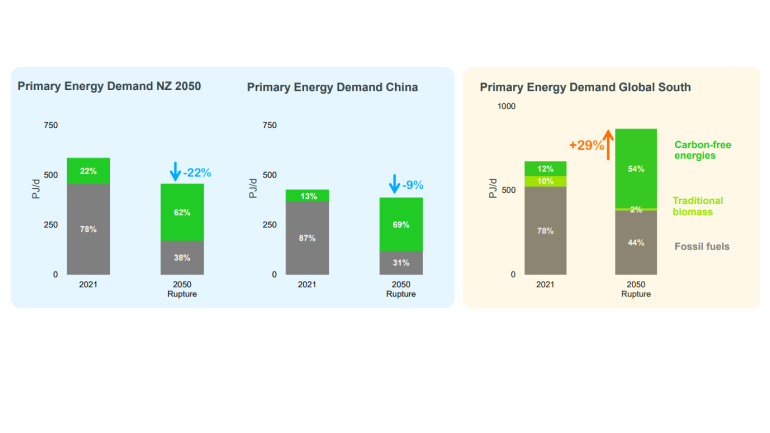
Comparative diagrams of the evolution of primary energy demand in the different blocks between 2021 and 2050 in the Rupture scenario.
Primary energy demand in the NZ50 block:
- is met by 22% decarbonated energies and 78% fossil fuels in 2021
- would be met by 62% low-carbon energies and 38% fossil fuels in 2050, for a total reduction of 22%.
Primary energy demand in China:
- is met by 13% low-carbon energies and 87% fossil fuels in 2021
- would be met by 69% low-carbon energies and 31% fossil fuels in 2050, for a total reduction of 9%.
Primary energy demand in the Global South block:
- is met by 12% low-carbon energies, 10% traditional biomass and 78% fossil fuels in 2021
- would be met by 54% low-carbon energies, 2% traditional biomass and 44% fossil fuels in 2050, for a total increase of 29%.
The Paris Agreement requires primary energy demand in the NZ50 and China blocks to be contained and modified, while at the same time satisfying growth in demand in the Global South through decarbonised energies.
Find out more
Accelerate the energy transition
The Current Course & Speed scenario, which predicts a temperature increase of more than 3°C by 2100, shows that the current pace is unsustainable for achieving the energy transition objectives and that the collective challenge is to move as far away as possible from this scenario while guaranteeing economic development, particularly in the Global South.
Reduce greenhouse gas emissions: A major challenge and opportunities
A number of high-impact actions could quickly curb greenhouse gas (GHG) emissions. While global anthropogenic GHG emissions reached 58 Gt CO2e2 in 2021, eliminating coal from the electricity system and methane emissions from fossil fuels production would help avoid ~10 Gt CO2 and ~4 Gt CO2e respectively. Similarly, decarbonizing transport, particularly the road sector, would result in eliminating approximately 6 Gt CO2.
2 CO2 equivalent
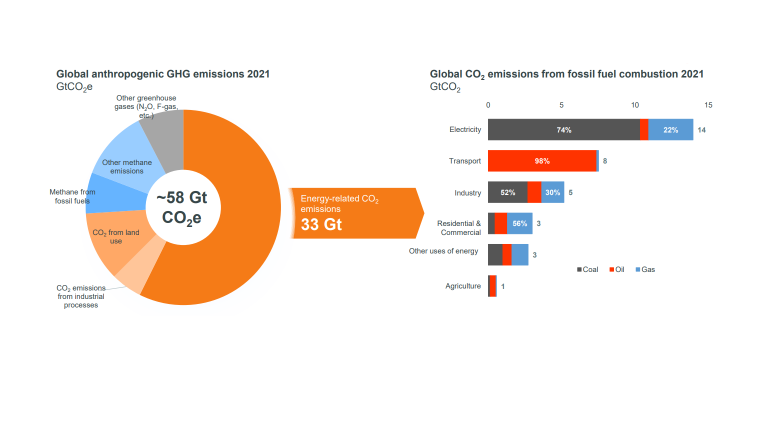
Global anthropogenic GHG emissions in 2021 and global CO2 emissions from fossil fuel combustion in 2021.
Of the 58Gt CO2e of greenhouse gases resulting from human activity in 2021, 33Gt correspond to CO2 emissions from energy combustion. The remainder comes from:
- CO2 emissions from industrial processes
- CO2 from land use
- methane from fossil fuels
- other methane and GHG emissions
Of the 33Gt of CO2 from fossil fuel combustion in 2021 :
- 14Gt from the electricity sector, made up of 22% gas, 4% oil and 74% coal
- 8Gt from the transport sector, 98% oil and 2% gas
- 5Gt from industry, 52% coal, 30% gas and 12% oil
- 3Gt from the building sector and 3Gt from other energy uses
- 1Gt comes from the energy sector
Of the 58 GtCO2e of anthropogenic GHG emissions in 2021, 33 Gt came from energy combustion, including 14 Gt from electricity generation, 8 Gt from transport and 5 Gt from industry.
Transform energy demand
Consume less and better in industry and in the residential and commercial sectors
There are many ways to accelerate the energy transition by consuming less and better in industry and in the residential and commercial sectors. They must respond to one or other of these challenges: decarbonize the energy mix and change behaviour/improve energy efficiency.
Some of the levers featured in the Rupture scenario include:
| Industrial demand | Decarbonization of the energy mix | Behaviour change/energy efficiency |
|---|---|---|
| Electrify production processes | ✓ | ✓ |
| Use gas instead of coal, which halves emissions | ✓ | |
| Capture CO2 or use low-carbon hydrogen to gradually reduce these residual emissions | ✓ |
| Residential and commercial demand | Decarbonization of the energy mix | Behaviour change/energy efficiency |
|---|---|---|
| Replace traditional biomass (~85% of bioenergy in 2021) with modern energies in the Global South | ✓ | ✓ |
| Electrify as much as possible | ✓ | ✓ |
| Improve energy efficiency (e.g. building insulation) | ✓ | |
| Change consumption behaviour (e.g. target temperature level) | ✓ |
Consume less and better in transport
While transport as a whole (light vehicles, high-duty vehicles, aviation and shipping) accounted for 26% of final energy demand in 2021, the Rupture scenario plans to contain energy demand in this sector by acting on the two strategies of decarbonizing the energy mix and changing behaviour/improving energy efficiency.
- Light vehicles: develop public transport and replace internal combustion vehicles with electric vehicles, while investing in a network of charge points.
- High-duty vehicles: strive to decarbonize vehicle fleets and invest in the charging network, while continuing to innovate, particularly in batteries.
- Aviation: massively increase sustainable aviation fuel production, invest massively in e-fuels and increase aircraft energy efficiency.
- Shipping: develop a diversified mix of low-carbon marine fuels to replace oil, invest in hydrogen-derived fuels and increase energy efficiency.
Find out more
The essentials in less than three minutes with Thomas-Olivier Leautier, Chief Economist at TotalEnergies
We want to share with everybody what we know about energy and what needs to be done and what's going well and not so well.
What is the “Energy Outlook”?
The Energy Outlook is a set of trajectory for all of the energies up until 2050.
And we do that for two reasons. One is to frame our strategy and second, we want to share that with the public, because we want to share with everybody what we know about energy and what needs to be done and what's going well and not so well.
What are the three most important take aways from this year’s Energy Outlook?
There are really three things that we'd like you to remember. Number one, there's good news and bad news on the energy transition.
The good news is that it has started, when you look at the GDP growth, it's much higher than the growth in energy demand. The second good piece of news is we have the powerful low-carbon technology. We have electric vehicles for mobility and we have renewables for electricity generation. The bad news is that is proceeding too slowly. Fossil fuels still represent about 80% of our energy demand. That's about the same as it did in 2000. So that's moving too slow. And if we don't accelerate, we will not be able to remain well below as per the Paris Agreement.
So the second big learning is that when we think about the energy transition, we have to understand that there are different countries and really different circumstances.
And the third big learning is there are three things we can do quickly to reduce CO2 emissions. One is increase EV penetration. Second is get rid of coal in electricity generation. The third thing, of course, is methane emissions. Methane is exceedingly powerful as a greenhouse gas. We know how to stop it. We know how to reduce it in oil, gas and coal project production. So we need to get that pronto.
What are TotalEnergies’ priorities when it comes to accelerating the energy transition?
There are two things we are doing. The first one is, as I said, we're working on methane. And when you look at our objective by 2030, we'll further reduce our methane emissions. We also want to reduce CO2 emissions from our own production. So we want to take care of our scope one and two and get to best in class in that level. The other thing we're doing is that we are growing renewable and electricity generation. Because of the work we do in the TotalEnergies Outlook, we are convinced that electricity, clean electricity is the future of energy and we are growing our energy business. We launched this year our Integrated Power business unit. We have committed about 4 billion of capital expenditure every year to grow clean electricity because that's where we think we can make a difference.
[TotalEnergies logo]




